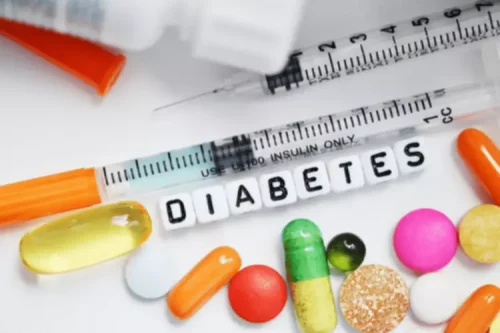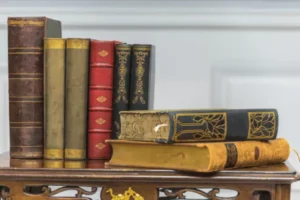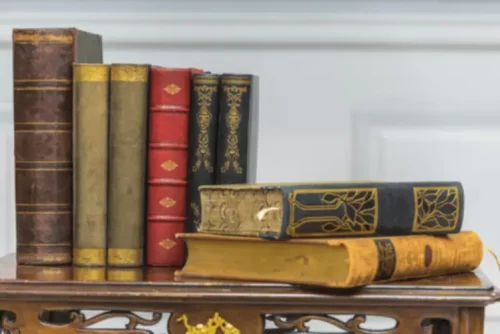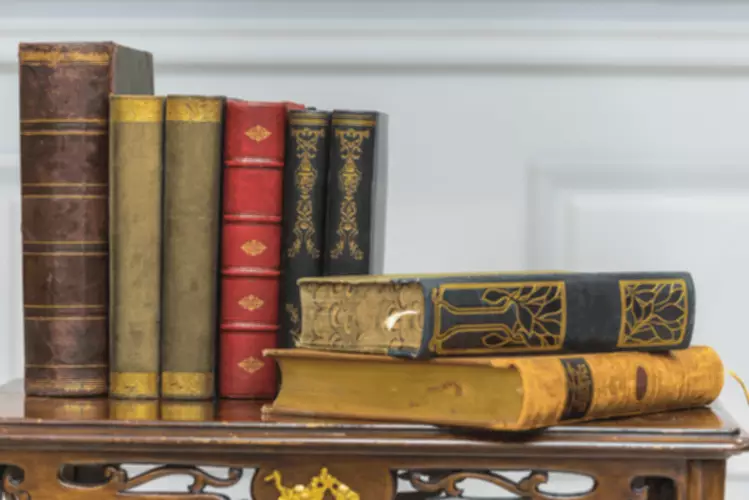
It’s an intertwining of emotion, memory, and expression. It serves as a bridge, connecting the often indescribable chasm of personal experience with tangible, visual representations. Through colors, shapes, and textures, art therapy offers a safe haven for introspection and release, a art therapy ideas for adults in recovery place where trauma can be processed, and healing can flourish.

Top 7 Creative Art Therapy Activities For Addiction Recovery
Simple, structured activities like coloring or guided drawing exercises can provide a sense of calm and focus during this challenging time. These activities can also help individuals begin to identify and express their emotions in a safe, controlled manner. Painting exercises can be particularly effective for processing trauma and emotions. The fluidity of paint and https://ecosoberhouse.com/ the freedom of expression it allows can help individuals tap into deep-seated feelings and experiences. Whether it’s abstract expressionism or more representational work, painting can provide a powerful outlet for emotional release and self-discovery. Introducing addiction recovery art gives them a mental vacation from the daily rushing and nonsensical ideas.

The Impact of Art Rehabilitation Therapy for Addiction

Through addiction recovery art, psychological concerns like stress, anxiety, depression, or trauma can be brought to light, and the weight they put on our development can be lessened. With thank you cards, participants can also paint, draw, or even craft their cards to put a more personal touch on them. It also relieves stress and frees the mind through creativity.
- Using coloring books is a therapeutic activity that can calm the mind by allowing it to focus on something simple.
- The drawing will complement the effect perfectly.
- For the color splashing technique, use a comb, brush, or toothbrush.
- Art therapy has been shown to be an effective complement to traditional addiction treatment methods, providing a holistic approach to healing and personal growth.
Mindful photography as phototherapy

Here are some tips to ease into the world of art therapy, making the experience enriching and therapeutic. Creating art can be a release – a cathartic process where pent-up emotions are channeled onto the canvas or into the clay, facilitating healing and emotional relief. In photo therapy, these snapshots, whether personal or sourced, can be used to weave stories, reflect on past experiences, or envision future aspirations.
The therapeutic process of creating art is, in itself, a powerful tool for recovery. It allows individuals to externalize their internal struggles, giving form to abstract emotions and experiences. This externalization can provide a sense of distance and perspective, making it easier to process difficult feelings and experiences. Art therapy is a form of psychotherapy based on creativity and self-expression.
What Does the No Surprises Act Mean for Mental Healthcare Providers?
Alongside this, you might make a collage representing your life story – the highs, the lows, and the experiences that have shaped you. Seeing a physical artifact of your progress fortifies the belief in your ability to change and heal. Finding these victories in the healing process is CRUCIAL. The choices made during this process, be it the texture, size, or shape, often symbolize personal growth and the rebuilding of a fractured sense of self. As recovery progresses, creating something tangible becomes a powerful metaphor for rebuilding your life.
- The process may also include reflecting on or interpreting the art and discussing it with others.
- The participants will put together inspirational words or phrases that they feel define their core values.
- Note any shifts in your mood or insights gained through the process.
- The courses listed below and other programs at EGS are the only expressive arts therapies training options currently available in Europe.
- Join 550,000+ helping professionals who get free, science-based tools sent directly to their inbox.
Leave a Reply